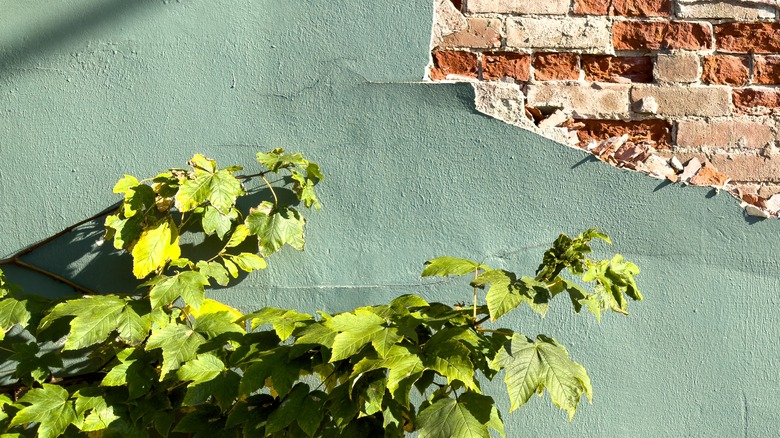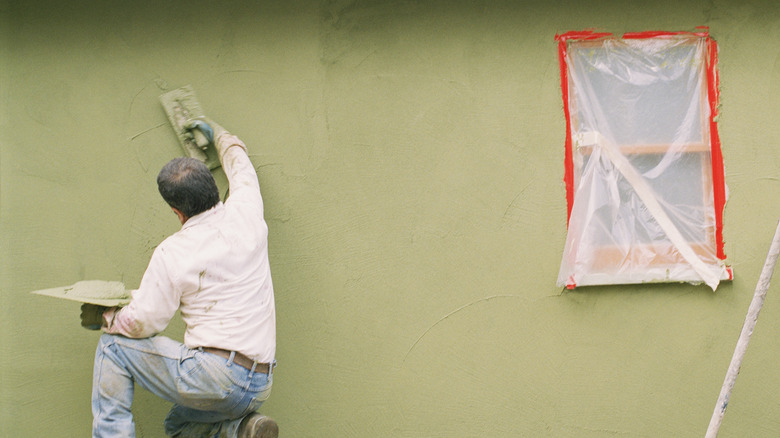Applying New Stucco To Old & Damaged Stucco: Is It As Simple As It Sounds?
Stucco is a common exterior wall finish, particularly in the arid reaches of the U.S. Southwest. There, the stucco does not have to contend with heavy precipitation and moisture (both of which are damaging to the material), and is easily found at a cheap cost. Stucco's fire resistance and energy efficiency in extreme climates are other benefits that make the material so appealing in this part of the country. But despite stucco's many benefits, and its distinct aesthetic, this material can sustain damage easily if exposed to water and moisture. When it is, you may find the material cracking, peeling off, or looking discolored — all of which are highly visible blemishes on the otherwise impeccable facade of your home. Naturally, you should repair stucco finish quickly and diligently. And if you're wondering whether you can fix the problematic spots by applying new stucco to the old coat, we have some good news: yes, you can.
Applying new stucco to old and damaged stucco is perfectly acceptable, as long as the existing layer is stable enough. If it's not, you'll have to remove the looser bits before proceeding. Likewise, patching up the resulting cracks is a must before the new layer goes on. Apart from these simple steps, putting new stucco on top of an old coat is a simple enough trowel job any DIYer can undertake without calling in the pros. Below, we'll show you how to prepare your battered old stucco wall for a brand new coat.
How to apply a new coat of stucco on top of an existing one
Before you put on a new coat of stucco, you must make sure that the old coat is robust enough to receive it. You don't need to worry about small crevices in the original finish. These minor imperfections will hold once you put the new coat on. However, if any pieces of old stucco are hanging loose, you should remove them from the wall. A hammer should do the trick, but you may have to resort to sandblasting bits that won't come off. If this procedure creates large cracks or gaps, you should fill them in before proceeding with a quick-setting mortar mix, like Sakrete mix from Lowe's ($7.16 for 10 pounds).
You can then clear the existing surface of any remaining debris, such as dust, grime, or small bits of loose old stucco you missed in the previous step. Brushing the walls should work, but if they're particularly dirty and you want to pressure-wash them, be sure to use the lowest pressure setting possible to avoid damaging original stucco that's in good condition.
Once the walls are dry, apply a masonry adhesive (Sika white bonding agent from Lowe's is a suitable candidate at $9.85 for a 32-ounce bottle) over the location where you intend to have new stucco. The bonding agent will need to cure. Since the drying time may vary with the product, follow the manufacturer's instructions. Once the adhesive has dried, use a trowel to put on the new stucco coat, working upward from the bottom of the wall. Finally, give the stucco enough time to cure before you paint the exterior of your home. To keep the new coat looking brand-new for as long as possible, learn how to upkeep a stucco exterior once you're done with repairs.

